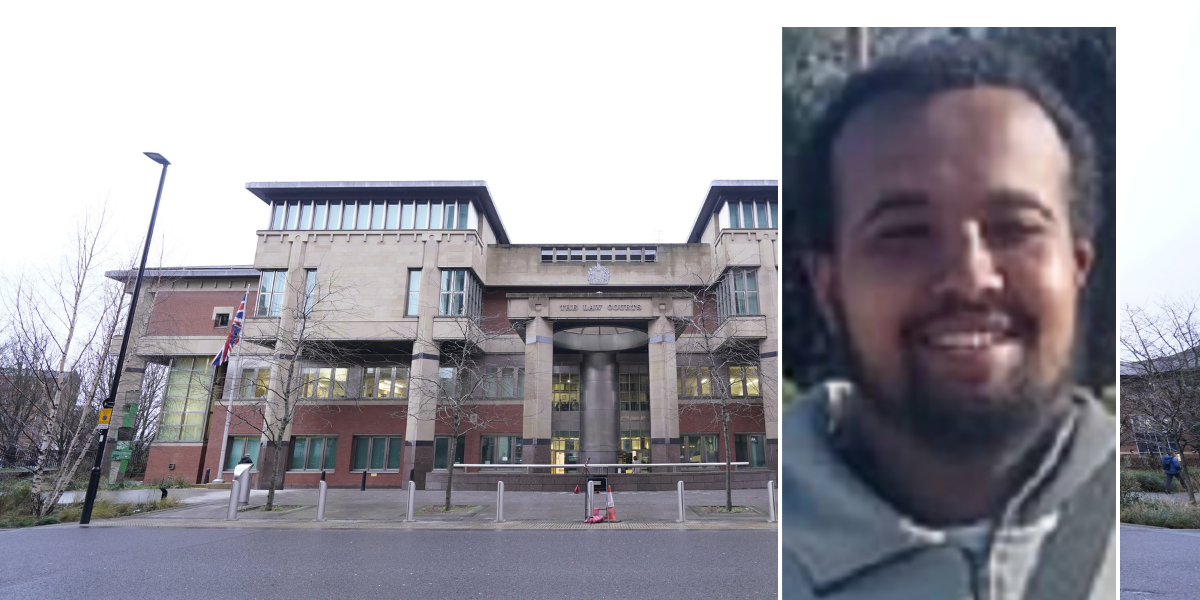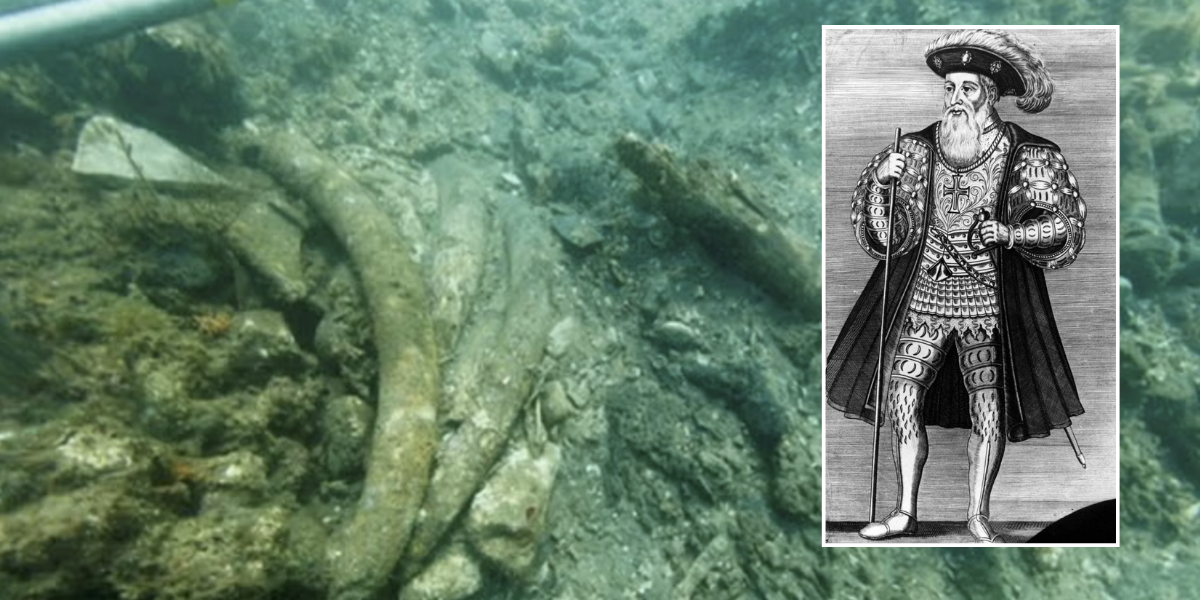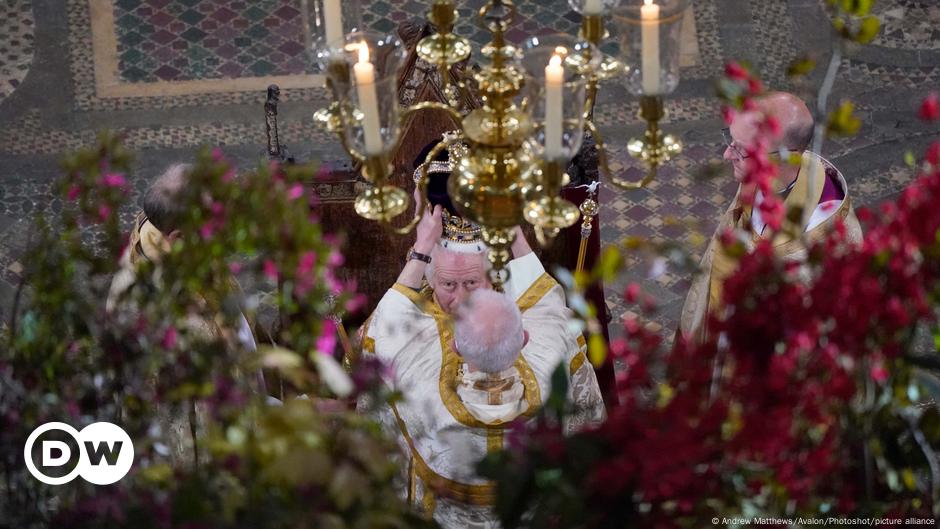A woman hiking along the Italian Alps with her husband stumbled across the discovery of a lifetime when she found a set of 280 million-year-old footprints, the first trace of an ancient prehistoric ecosystem.
Claudia Steffensen, of Lovero, was walking along a rocky trail in the Valtellina Orobie nature park with her husband when she stepped on a strange rock brought to the surface by the melting ice.
“I put my foot on a rock, which struck me as odd as it seemed more like a slab of cement,” she told The Guardian.
 Hiker Claudia Steffensen stumbled her way across the discovery of a lifetime when she found a set of 280 million-year-old footprints, the first trace of an ancient prehistoric ecosystem in the Italian Alps. Elio Della Ferrera/Museo di Storia Naturale di Milano
Hiker Claudia Steffensen stumbled her way across the discovery of a lifetime when she found a set of 280 million-year-old footprints, the first trace of an ancient prehistoric ecosystem in the Italian Alps. Elio Della Ferrera/Museo di Storia Naturale di Milano“I then noticed these strange circular designs with wavy lines.
“I took a closer look and realized they were footprints.”
Steffensen, who was out on the cool trail to beat the summer heat, took a photo of the footprints and shared it with a friend who takes photos of nature.
The hiker’s photos eventually make their way to Milan’s Museum of Natural History, with experts believing the footprints to be of a reptile from around 280 million years old.
That would put the fossils near the end of the Permian period, which concluded with one of the worst extinction events in history that wiped out the vast majority of life on Earth.
 Steffensen told The Guardian, “I put my foot on a rock, which struck me as odd as it seemed more like a slab of cement.” Museo di Storia Naturale di Milano
Steffensen told The Guardian, “I put my foot on a rock, which struck me as odd as it seemed more like a slab of cement.” Museo di Storia Naturale di MilanoCristiano Dal Sasso, a paleontologist with the Milan Museum, said in a statement that the footprints Steffensen found were among the many creatures who roamed the planet before the dinosaurs.
“Dinosaurs did not yet exist, but the authors of the largest footprints must still have been of a considerable size — up to 2-3 meters (6.5-10 feet) long,” Dal Sasso said of the prints discovered.
Experts noted that the location of the find, about a mile above sea level, helped preserve the footprints to include imprints of fingernails and even skin, giving scientists a better idea of the animals that once walked the land.
Along with the footprints, paleontologists also found fossilized fragments of plants, seeds and even imprints of raindrops, painting the picture of a flourishing biome in this region of the Alps.
Steffensen, whose discovery has been hailed as “Rock Zero,” said she was elated by the results, with relics from the mountain now on display at the Natural History Museum of Milan.
“I’m feeling very proud, especially to have made a small contribution to science,” she told The Guardian.

 By New York Post (World News) | Created at 2024-11-28 20:45:08 | Updated at 2024-11-28 22:54:39
2 hours ago
By New York Post (World News) | Created at 2024-11-28 20:45:08 | Updated at 2024-11-28 22:54:39
2 hours ago








